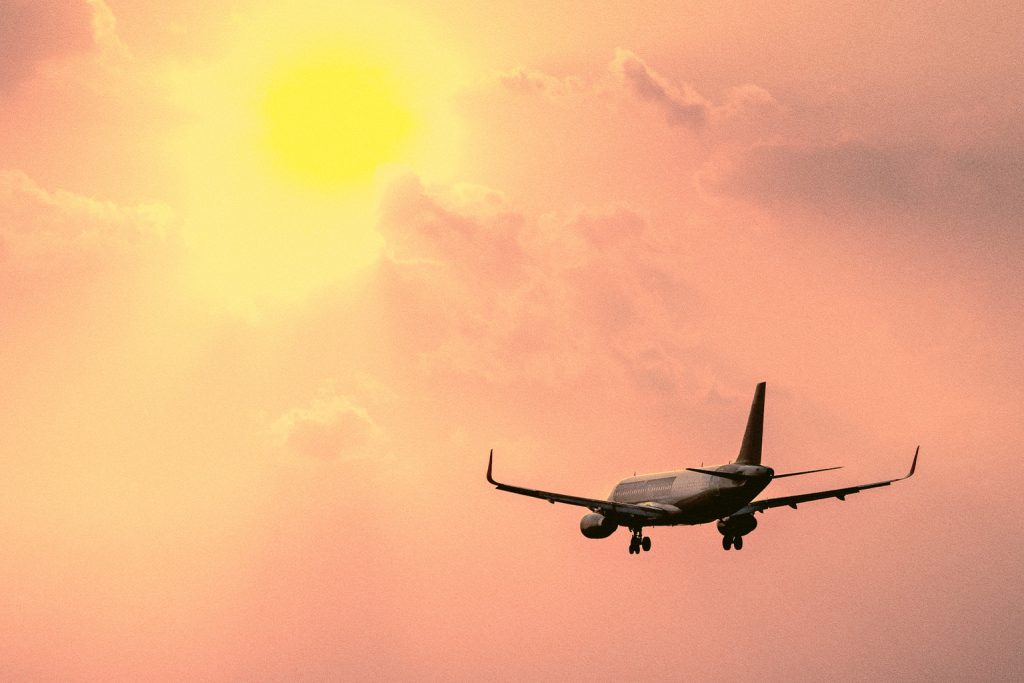In what ought to be a watershed moment for Japan’s travel industry, reports last week suggest the government is about to relax the last remaining restrictions on independent inbound travelers.
At the time of writing, Prime Minister Fumio Kishida hasn’t announced the policy specifics and a date has yet to be revealed, but whispers from within the government suggest most tourists will no longer need to book trips through a Japan-based travel agency or apply for a visa — as prescribed under the current rules — and the changes may be effective from October.
This has sparked renewed optimism within the travel industry, especially as inbound tourists will benefit from increased purchasing power with the yen trading at a 24-year low of ¥144 to the dollar. Caveats remain, however, as the government has spent two and half years generating ill will with Sakoku-like policies dictated more by political maneuvering than scientific inquiry.
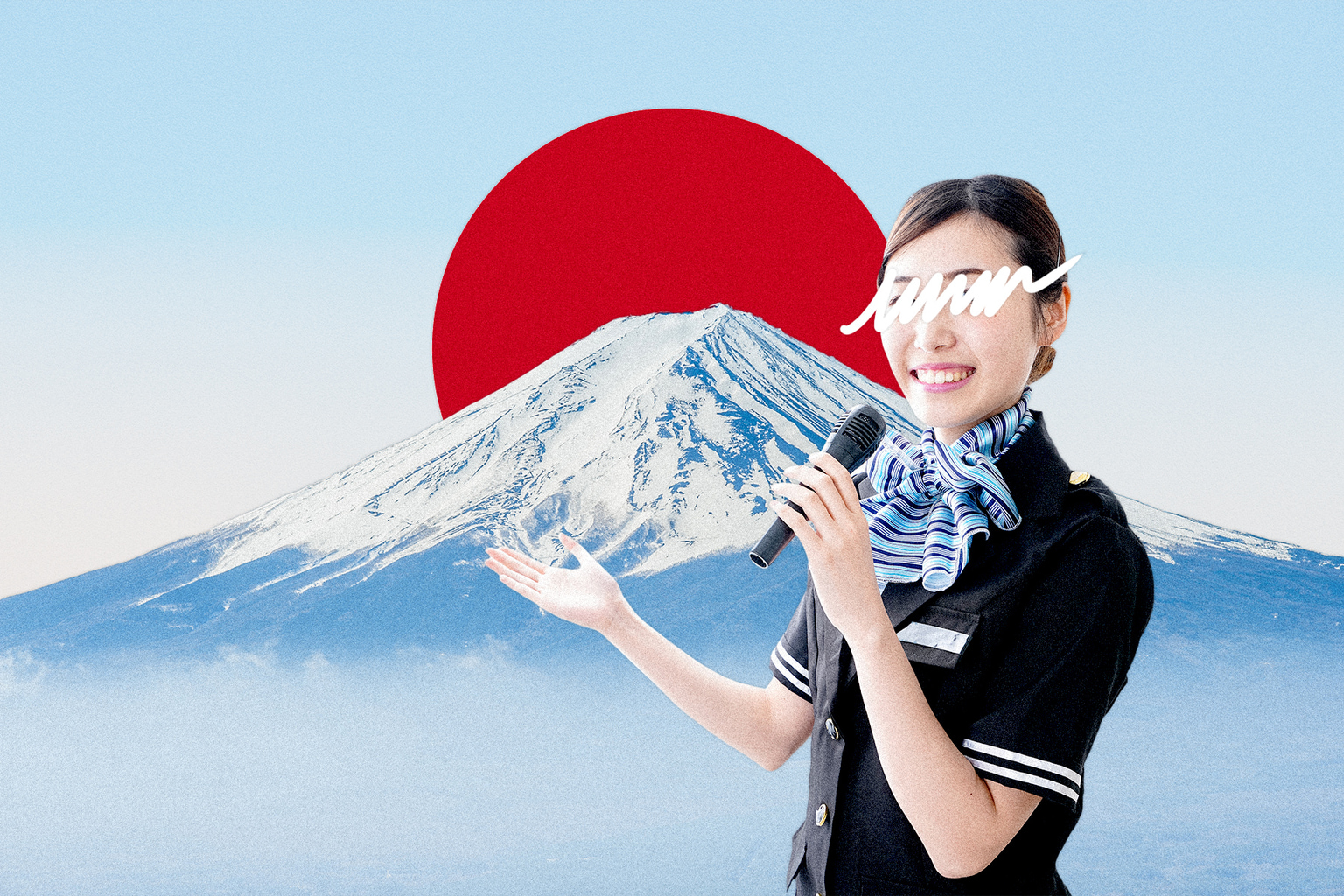
Image by Anna Petek
“What the government did is unfortunately complicate an already chaotic travel industry leaving many travelers in limbo,” says Anne Kyle, CEO of Arigato Travel. “Many travelers who were hoping to come to Japan in the summer or fall waited, but ended up being frustrated because of the complicated requirements Japan has put in place.”
Andrew William of tour company An Design feels the rules were designed to actually keep people out of the country.
“Visas, PCR tests, government-certified tour itineraries that must be strictly followed, mandatory 24-hour guided supervision, and all of this must be booked through a travel agent. Who wants to sign up for this?” he says. “I don’t see any of this business as I am not a travel agency. In my view, it’s as if the borders are still completely closed.”
That Japan’s travel industry has been embroiled in a state of confusion perhaps best contextualizes the levels to which the government has mismanaged reopening the nation. This was exacerbated by a spate of recent headlines — often affixed with the adverb “finally” — that misled hopefuls to believe travel in Japan had returned to its pre-Covid accessibility.
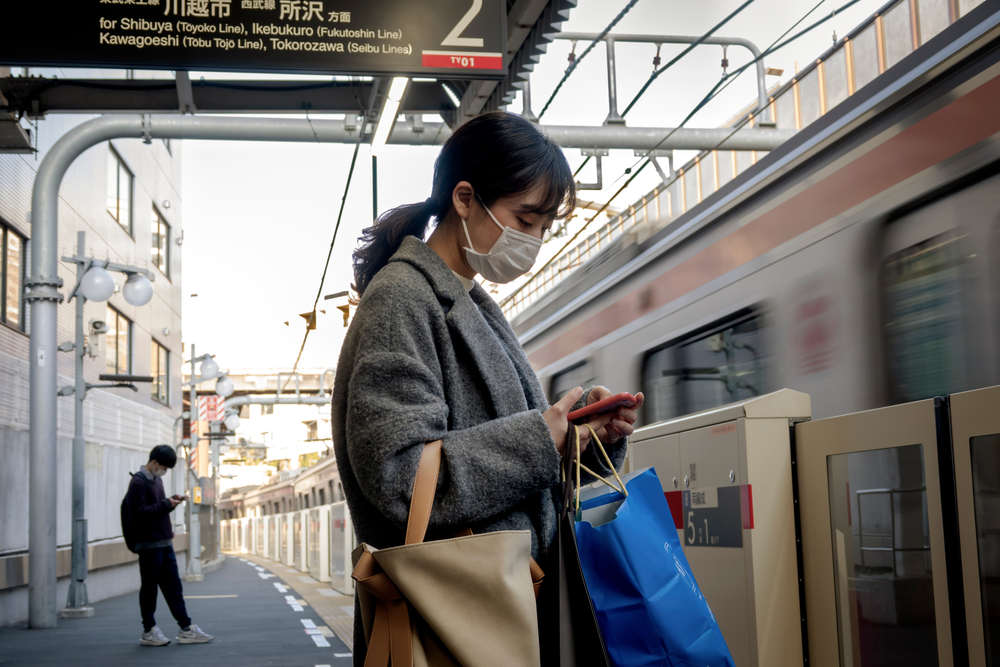
Only 120,000 people arrived in Japan in June, a mere 252 of which were tourists, which is a fairly good indication of thus-far policies’ success. To put that into context, 32 million tourists arrived in 2019 and spent more than $36 billion.
US native Robert Schrader, who helps travelers curate trips through Japan Starts Here, has found the application of rules “strange.” Schrader arrived in Japan in September through an eVisa coupled with a small fee paid to a Japan-based “sponsor” agency.
“The fact that this was apparently all above board makes me confused as to why the Japanese government insists on publishing pages and pages of contradictory rules and using confusing, meaningless terms like ‘unguided tours,’” he says. “For travelers willing to cut through some red tape, Japan is basically open. Why not just open it for everyone? What difference would it make?”
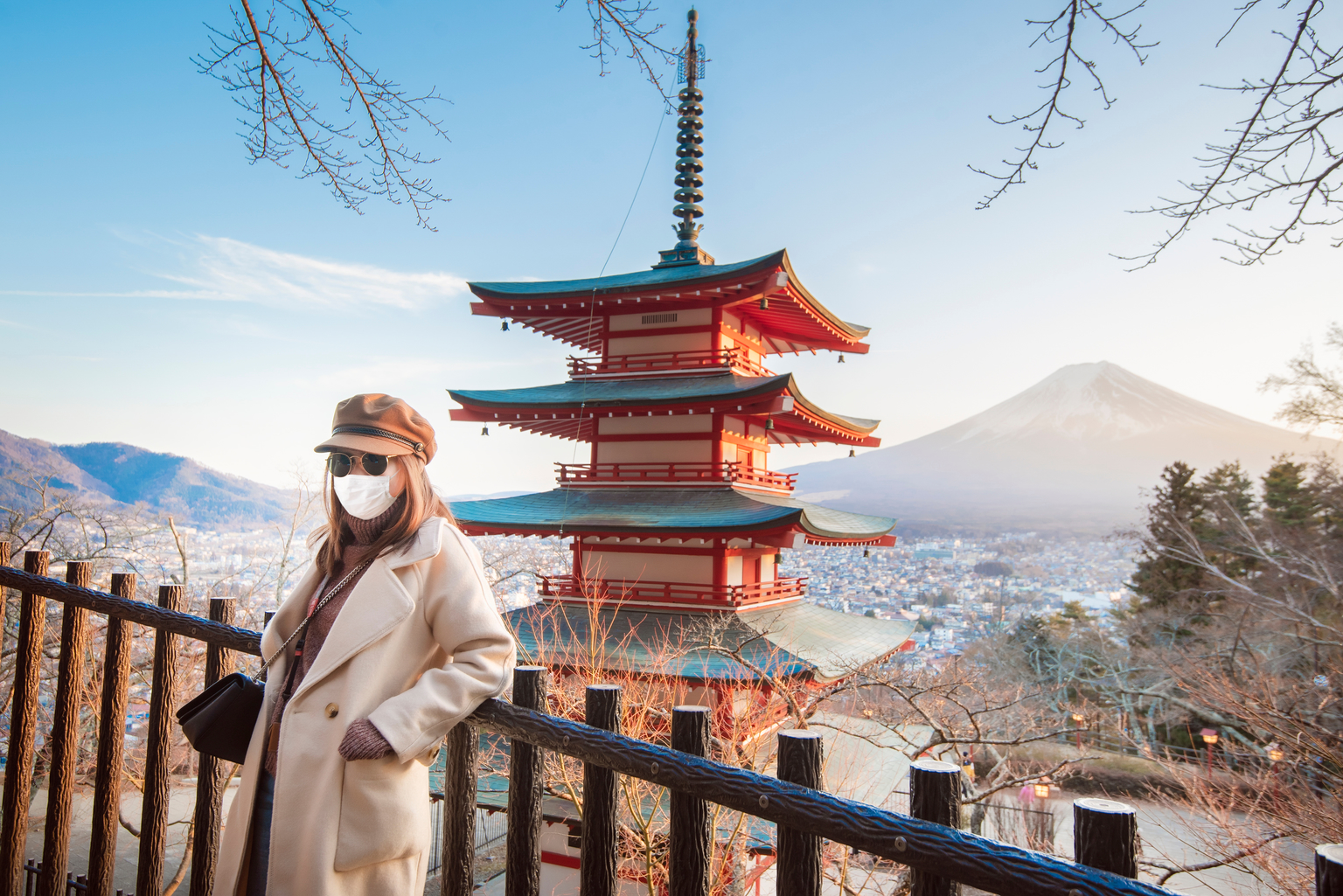
Reinventing Travel
It appears Kishida has now heeded the calls, and if the impending announcement brings good tidings as predicted, it will allow industry players to start planning for the future.
“I think one thing that is important, and I think one thing that most people would welcome, is a well thought out approach to reopening,” says Gardner Robinson, Director of Outdoor Japan and owner of The Craft Room and Winterland Lodge & Taproom in Nozawa. “Keeping in mind that Japan has an opportunity for a reset, for addressing some of the overtourism to certain areas, and putting together a plan for making travelers experiences’ even.”
Bill Michaud, CEO of destination management company Kizuna Travel, predicts the next six months could be rocky for the industry and that the recovery won’t be immediate. In recent months, Michaud has experienced supplier staff shortages, transfer companies unwilling to take reservations unless a guide is present and ryokan which no longer cater to dietary requirements.
“Omotenashi isn’t dead, but it has been critically injured in the government’s political games,” he says. “Kishida and his cabinet made a wildly inaccurate estimation of how much they could flog tourism to maintain favor in the public’s eye, and now the damage is accumulating quickly.”
Michaud says Japan must now make “a monumental effort” to let visitors know that Japan is open and willing to welcome them back “with open arms and open hearts.”
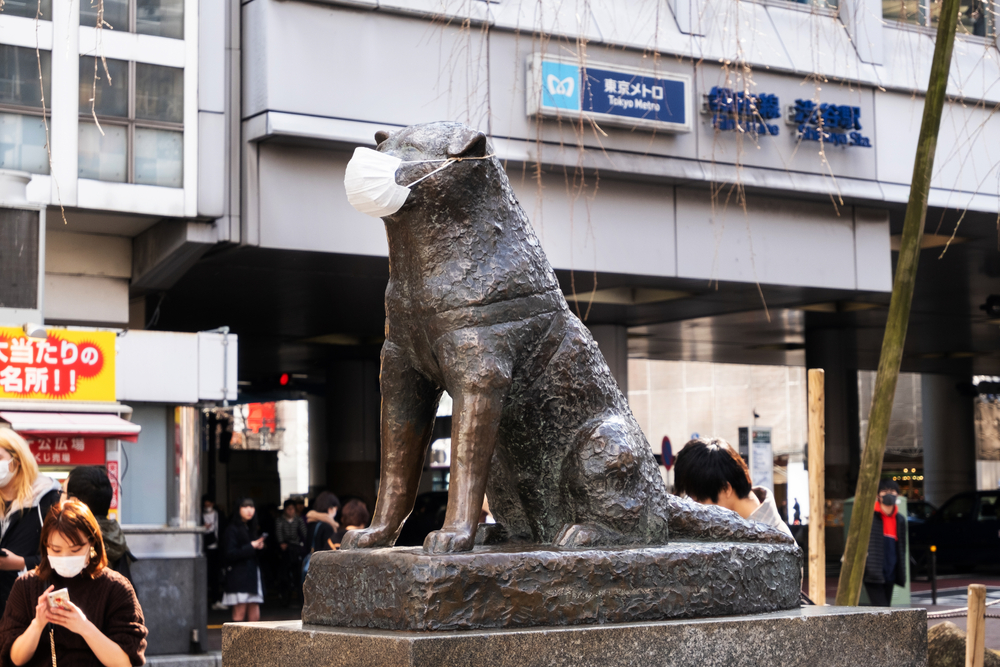
Evidence suggests demand to travel to Japan remains strong. It’s trending high in international flight searches. Japan travel social media groups have also been inundated with questions about the timeline for a proper reopening and tour companies continue to receive floods of requests upon each new border announcement.
The erosion of Japan’s soft power image has, however, featured heavily in the tourism conversation, as border policies have ostracized prospective travelers, students, businesspeople and foreign residents.
William doesn’t think the harm caused is irreparable.
“But I do think this country’s knack for doing things in the most antiquated way possible might be now known on more of an international level,” he says, “and not just by the people living here.”
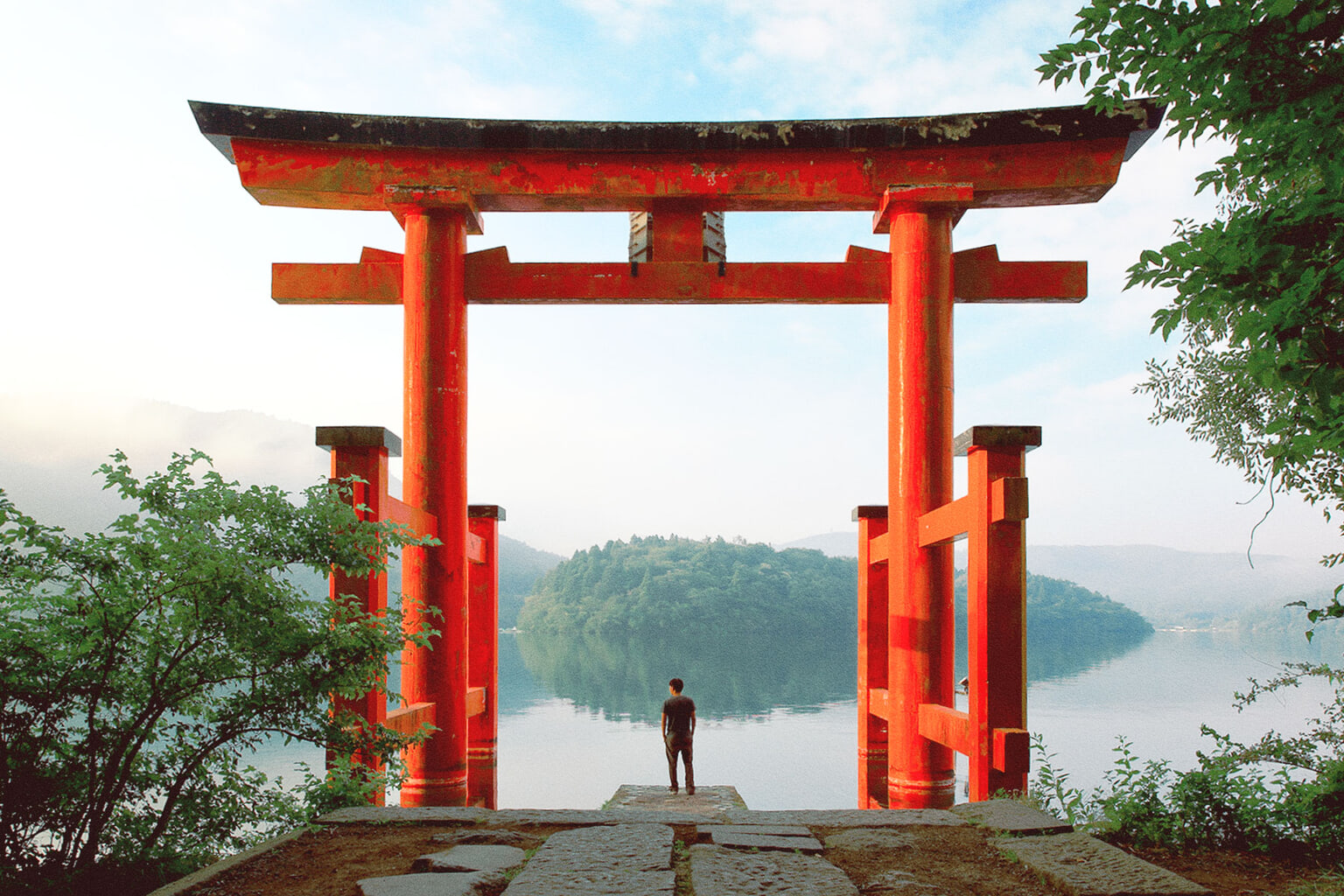
New Horizons
Talking with industry professionals, what’s most impressive is that so many have stayed to brave the storms; spending pandemic-enforced downtime developing their businesses and expanding their contact networks even as Japan’s ironclad border controls remained in place. In spite of the economic setbacks, some say their services feel in better shape than ever before, while others just can’t wait to start welcoming tourists to Japan once more.
“A healthy tourism industry had been built with a lot of hard-working people passionate about Japan and their region,” says Robinson. “Everyone is hopeful that Kishida has gotten the message and now hoping for clear dates and guidelines so that everyone can move forward… It’s been a tough few years, but it should be an exciting time for tourism in Japan.”

